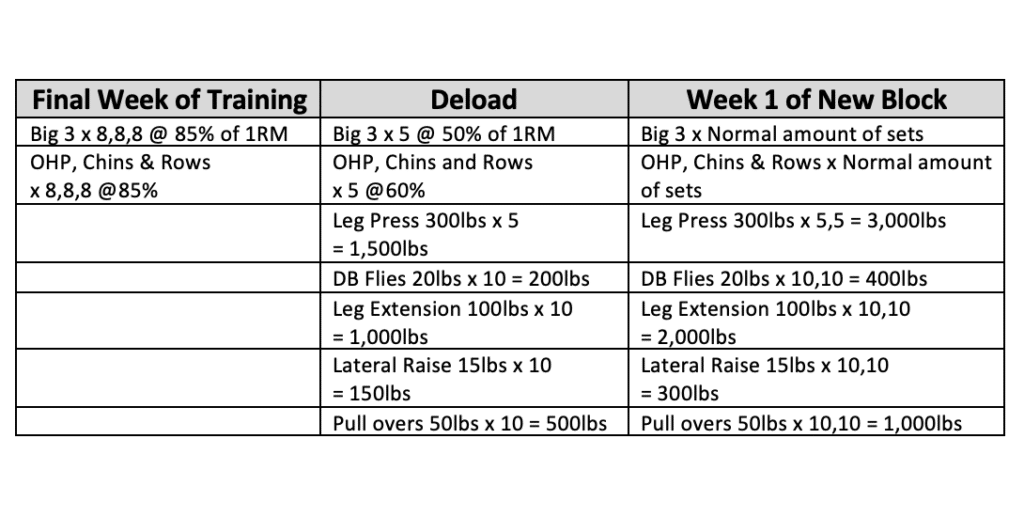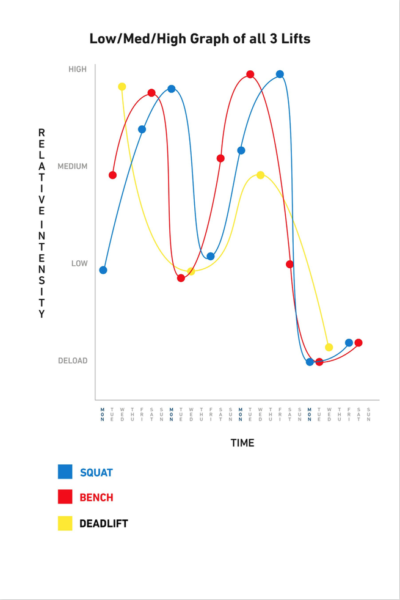
Deloading in Powerlifting: When and How to Rest for Maximum Gains
In the relentless pursuit of strength gains in powerlifting, it's easy to fall into the trap of constantly pushing harder. However, strategic rest, known as deloading in powerlifting, is just as crucial for long-term progress and preventing burnout or injury. This article will explain when to deload powerlifting, how to deload powerlifting effectively, and why it's an indispensable part of any serious powerlifting recovery strategy.
Understanding the Need for Deloading:
Consistent heavy training puts significant stress on your muscles, joints, and central nervous system. Over time, this accumulated fatigue can hinder your progress, lead to overtraining in powerlifting, and increase your susceptibility to injuries. A deload is a planned reduction in training volume and intensity, allowing your body to recover, repair, and supercompensate – ultimately leading to greater strength gains in the long run.

When to Deload in Powerlifting:
Determining when to deload powerlifting isn't an exact science, but here are some common indicators:
- Scheduled Blocks: Many powerlifting programs incorporate planned deload weeks after a certain number of training cycles (e.g., every 4-8 weeks). This proactive approach helps prevent overtraining before it occurs.

- Signs of Overtraining: Pay attention to your body. Persistent fatigue, decreased performance, elevated resting heart rate, sleep disturbances, loss of motivation, and increased soreness can all signal the need for a deload.

- Before a Competition: A deload is a critical part of meet preparation powerlifting, typically occurring 1-2 weeks out to ensure you're fresh and recovered for competition day.

- After a Period of High Intensity/Volume: If you've just completed a particularly demanding training block, a deload can help your body recover and adapt to the increased workload.

How to Deload in Powerlifting:
The key to an effective deload in powerlifting is to significantly reduce the stress on your body without completely stopping training. Here are some common methods:
- Reduce Volume: Decrease the number of sets and reps you perform for each exercise. Aim for about 40-60% of your usual volume. For example, if you typically do 3 sets of 5, you might do 2 sets of 3.

- Reduce Intensity: Lower the weight you're lifting to around 50-70% of your one-rep max (1RM). The goal is to move the weight with good form but without significant effort.

- Maintain Frequency: You can generally maintain your usual training frequency (the number of days you train per week) to keep your body accustomed to the movements. [](Nguồn ảnh gợi ý: Lịch tập cho thấy số buổi tập không thay đổi.)
- Consider Active Recovery: Incorporate light activities like walking, swimming, or yoga to promote blood flow and aid in recovery.

- Avoid Introducing New Exercises: A deload week is not the time to try new or intense exercises. Stick to the main lifts with reduced load and volume.
Example Deload Week:
If your regular squat routine is 3 sets of 5 at 80% of your 1RM, during a deload, you might do 2 sets of 3 at 60% of your 1RM.

The Benefits of Strategic Deloading:
- Enhanced Recovery: Allows your muscles, joints, and central nervous system to repair and recover.
- Injury Prevention: Reduces the risk of overuse injuries and burnout.
- Improved Performance: By allowing your body to supercompensate, you'll often find yourself stronger and more motivated after a deload.
- Increased Motivation: Taking a planned break can help reignite your passion for training and prevent mental fatigue.
Deloading in powerlifting is not a sign of weakness; it's a strategic tool for maximizing long-term strength gains and ensuring longevity in the sport. By understanding when to deload powerlifting and how to deload powerlifting effectively, you can optimize your powerlifting recovery, prevent overtraining, and consistently progress towards your strength goals. Listen to your body, plan your deloads wisely, and reap the rewards of strategic rest.








